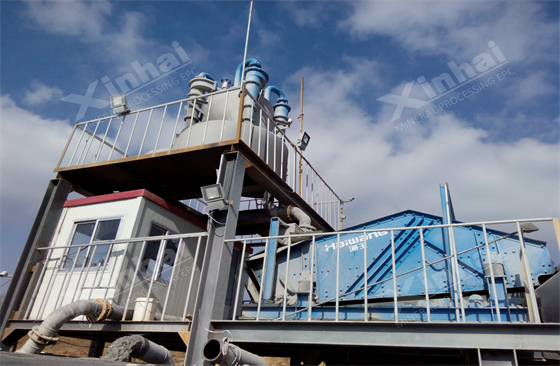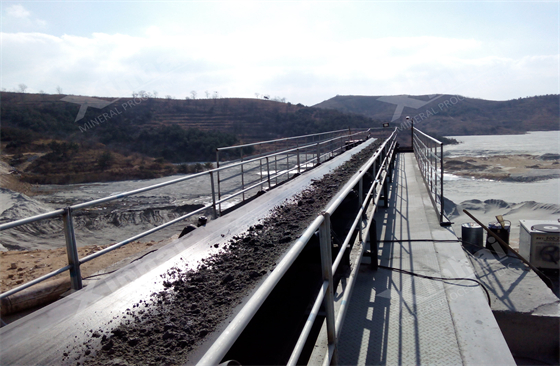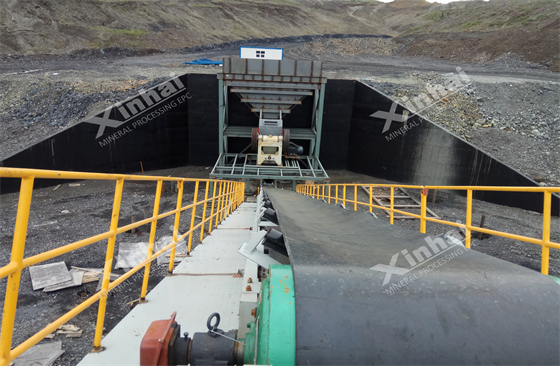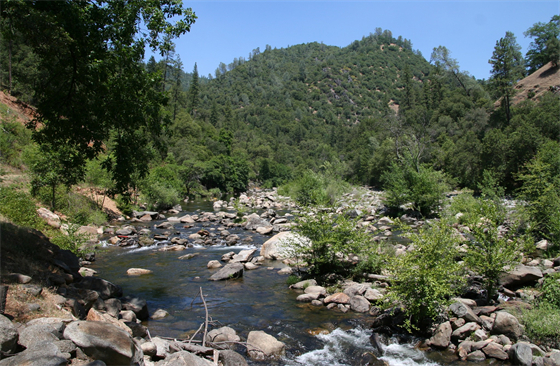
Alluvial mining is an efficient, widely used method vital for extracting precious minerals like gold, platinum, and diamonds. Unlike primary deposits, it features shallow burial and easy enrichment, though its exploration and mining techniques remain complex.

This article offers a technical overview of alluvial mining—covering its definition, applicable minerals, process flow, equipment, and environmental impact. Read on to learn more about alluvial resource development.
Alluvial mining extracts valuable minerals from loose surface sediments using water flow and gravity. These deposits, formed from weathered rock transported by rivers or glaciers, occur in river channels, dry beds, alluvial fans, and floodplains.
Unlike underground mining, it avoids blasting, minimizing geological disruption. Using hydraulic or mechanical separation, alluvial mining is often more cost-effective and environmentally friendly, especially for precious minerals like gold, platinum, and gems.

Alluvial mining targets high-density minerals from loose surface deposits, including:
(2)Alluvial platinum
(3)Cassiterite (tin ore)
(4)Alluvial mining diamonds
(5)Heavy mineral sands like ilmenite, zircon, and rare earth minerals
These minerals originate from primary hard rock, freed by weathering and erosion, transported by water or glaciers, sorted by density and size, and redeposited in secondary zones. Alluvial deposits are generally easier and cheaper to mine than primary ores.

Alluvial mining employs a variety of processes. Below is an overview of the technical characteristics, core equipment, and application scenarios of four common methods:
1. Panning / Manual Washing
Method: The use of panning disks to separate dense metal particles in sediments by rotating and washing them with water is one of the oldest methods of gold mining.
Characteristics: Simple equipment, low cost, suitable for small-scale manual operation, but with limited efficiency and high labor intensity.
Applicable scenarios: artisanal exploration, small-scale gold spot testing.
2. Sluicing
Method: Through high-pressure water flow to flush the gold-bearing gravels, the material is introduced into the slots, and gravity is utilized to deposit the heavy mineral particles (e.g., gold) at the bottom of the slots.
Equipment: high-pressure water gun, water pump, spiral chute, slope chute, or cyclone sorting tank.
Characteristics: High efficiency, suitable for continuous processing of large quantities of materials, but dependent on water sources, need to do a good job of environmental control.
Applicable scenarios: valley alluvial fan, dry river, alluvial gold mines with sufficient water sources.
3. Dredging
Method: Floating equipment is used to collect ore-bearing sediments directly from the underwater alluvial layer (e.g. riverbed), and the materials are transported to the processing system by mechanical or hydraulic means.
Equipment: bucket wheel dredger, suction pipe dredging equipment.
Characteristics: high degree of automation, suitable for large-scale operation, adapted to underwater ore bodies, but with high initial investment and large ecological impact.
Applicable scenes: riverbed gold mine, tin mine, platinum mine, and underwater heavy mineral resources.
4. Dry Alluvial Mining
Mode: Under the condition of no water in arid areas, use the difference between density and aerodynamic power to separate heavy minerals from dry sediments.
Equipment: air separation equipment, screening machine, dry ore separator.
Characteristics: No need to use water, adapting to water-scarce areas; however, the sorting efficiency is affected by the particle size of the material and the degree of dryness.
Applicable scenarios: dry alluvial gold, diamond, or heavy mineral alluvial mines in Africa, Australia, and other places.

1. Exposure of Ore-Bearing Layer
The overburden (e.g., vegetation, topsoil) is removed using excavators, shovels, or by hand to expose the gravel layer containing valuable minerals.
2. Mining
The method of material collection depends on the project scale and terrain:
Mechanical extraction (dry mining): Excavator combined with haul trucks
Hydraulic mining (on sloped ground or loose materials): High-pressure water jets break down the gravel, allowing the slurry to flow by gravity into a treatment pond
Dredging (in wetlands or rivers): Floating dredgers equipped with mud pumps extract underwater deposits
3. Screening and Classification
Primary screening: Large rocks are removed using a vibrating screen or trommel screen
Secondary classification: A hydrocyclone or multi-deck screening system is used to separate particles by size
4. Gravity Separation and Recovery
Rough concentration: The screened slurry is fed into a spiral chute where gravity separates minerals by specific gravity. Heavy minerals settle, while lighter particles are washed away.
Fine recovery: Centrifuges and shaking table are used to recover fine particles and improve the grade of the concentrate
Concentrate collection: The recovered concentrate is dewatered using equipment such as vacuum filters or centrifugal dewatering machines to facilitate weighing, storage, or smelting
5. Tailings Management
Tailings water treatment: Flocculation and sedimentation systems are used in conjunction with thickeners, dosing units, and water pumps to recycle process water
Coarse tailings: Backfilled and compacted using bulldozers, loaders, or compactors; top-covered with ecological soil or mulch
Fine tailings: Water is recycled from sedimentation tanks; solids are dry-discharged using belt filter presses or other filtration systems

While alluvial mining boosts regional economies, it can cause environmental risks if uncontrolled. Dredging uses large water volumes, stressing water-scarce areas, and mining increases sediment runoff, harming aquatic ecosystems and water quality.
To mitigate this, modern alluvial mining must follow green mining principles by using water-efficient tech, controlling sediment, and managing tailings responsibly—ensuring resource efficiency while minimizing environmental impact and balancing ecology with economic growth.

Summary
This article covered alluvial mining basics: definition, ore types, processes, and environmental impacts. Thanks for reading!
If you're planning or optimizing an alluvial gold project, follow Xinhai group. We provide one-stop services—design, manufacturing, installation, and commissioning—for 2,000+ projects worldwide, with exports to 100+ countries and strong local support.
To find out more about our products and solutions, please fill out the form below and one of our experts will get back to you shortly.